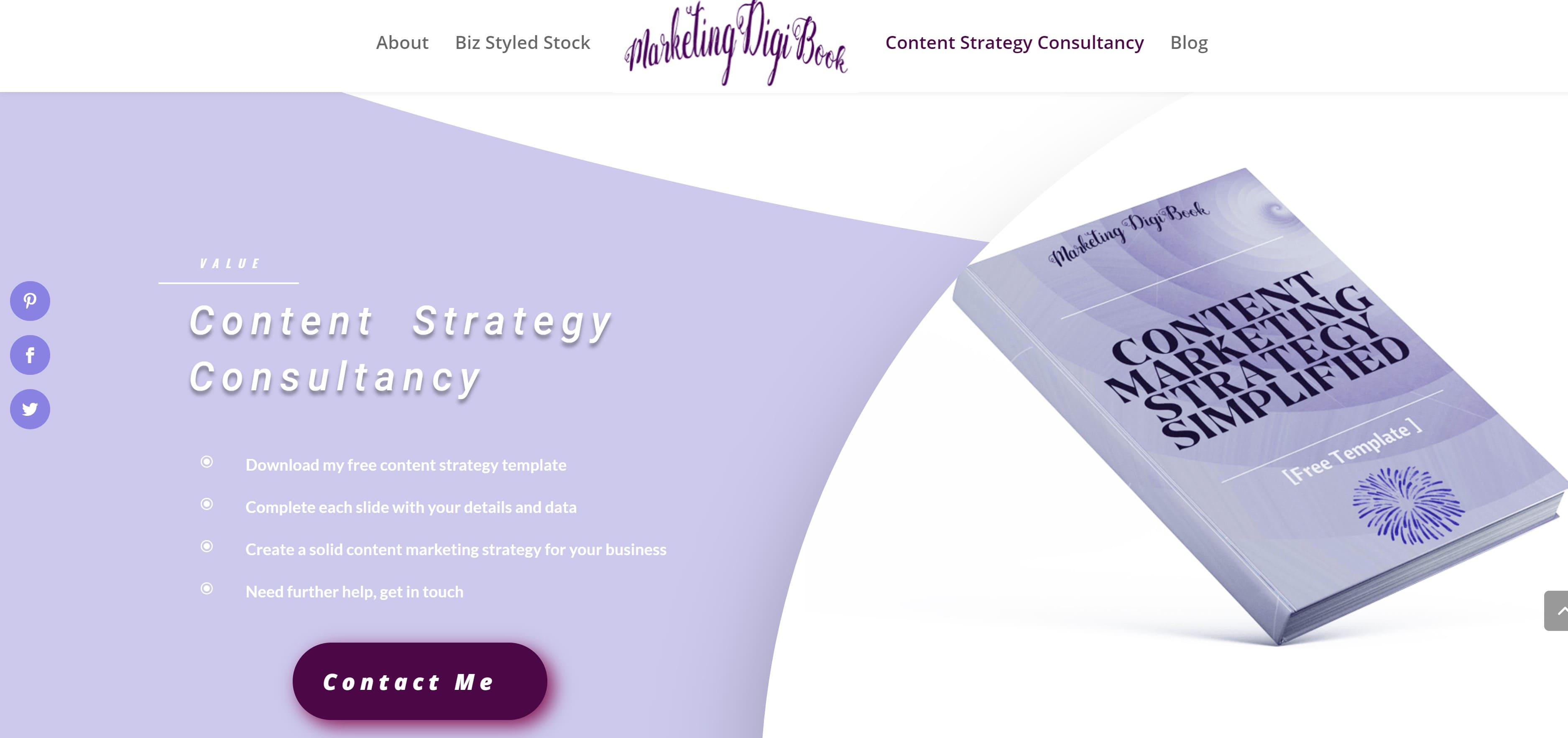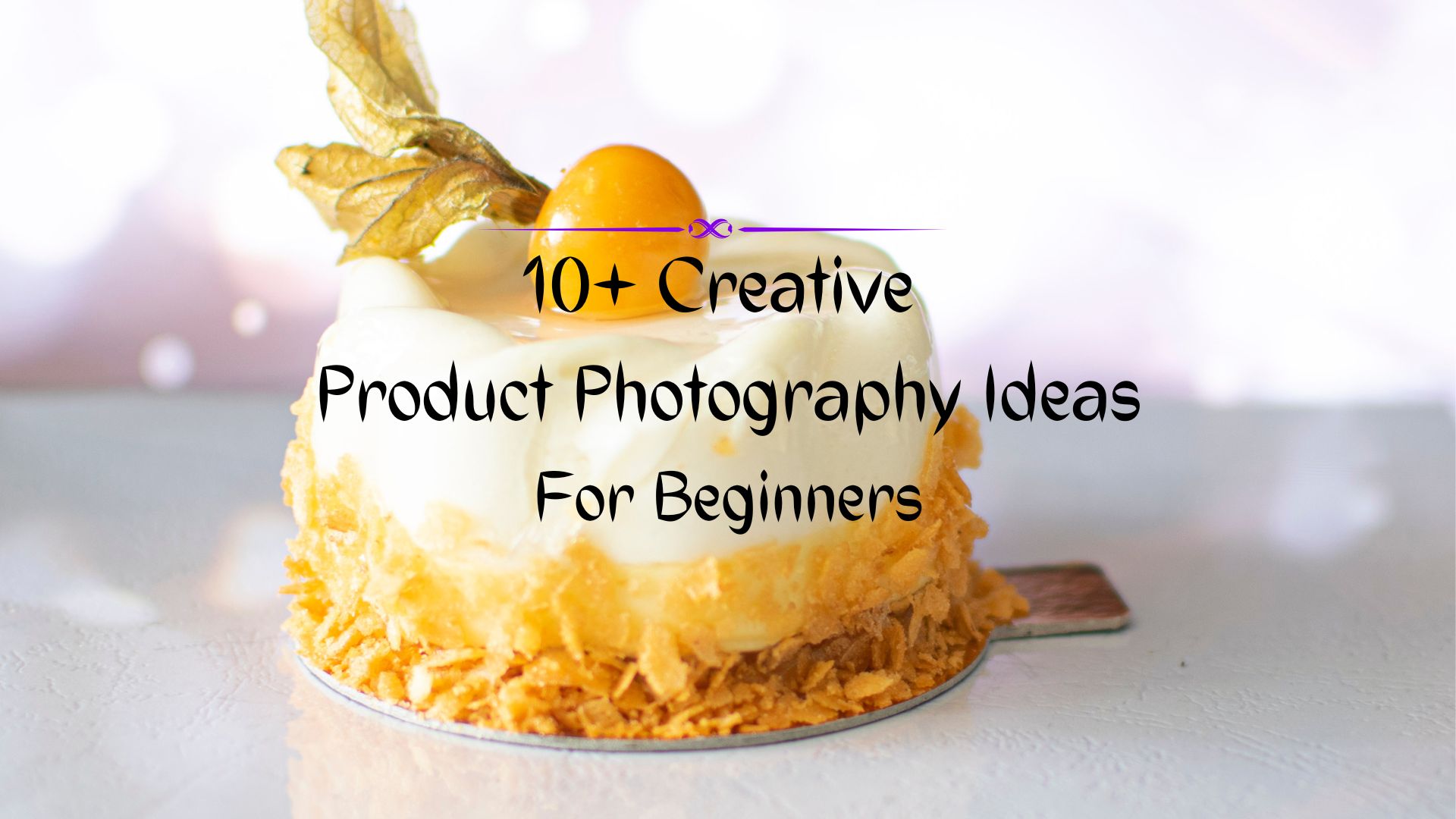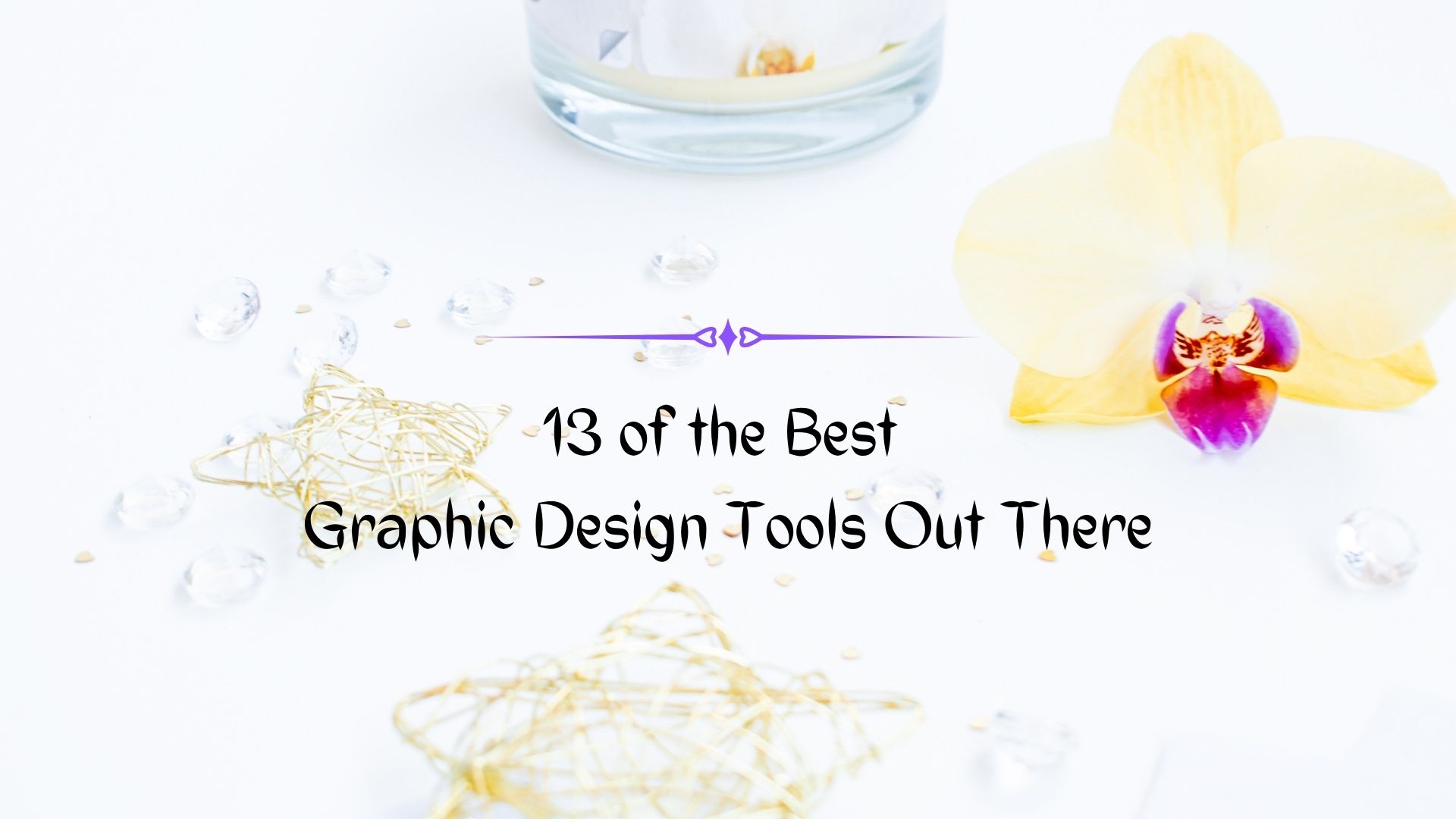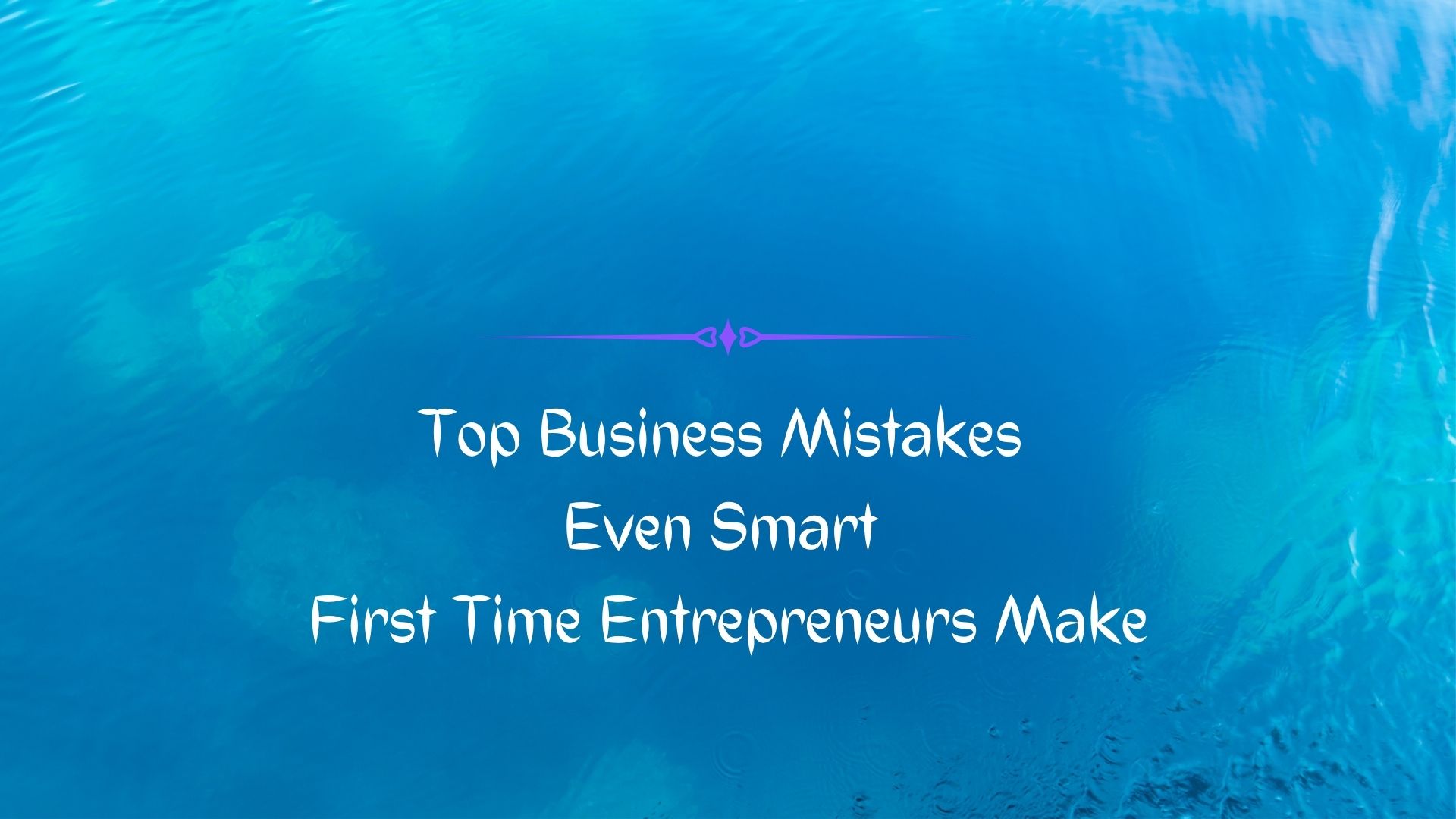Business owners spend quite a good amount of time choosing the prefect brand color shades and words that will evoke a certain sensation in their marketing and advertising campaigns to win acceptance and trust from their audience. They spend huge sums of money trying to figure out how to build a brand that works.
But most of them don’t differentiate between brand identity and brand perception. Therefore, as you learn how to build a brand, this article will help you gauge the difference. And it will guide you on how to match your brand identity to the promise you have given your audience. Because this is how you get rewarded with loyal customers and continuous conversions.
Why is it important to get this right?
Because today’s consumers are looking for more than just a product or service. They’re looking for a connection and a relevant message that speaks to their needs. Ultimately, they’re looking for an experience.
Thus, building a brand is more than a single task of getting the color hues right or using the right words. It’s a continuous process that you need to live. And this article aims to offer you all the simple steps on how to create a brand image that’s effective.
What’s a Brand?
A good number of people use the term brand to mean business and vice versa. However, the difference lies in the amount of work that goes into each. A business can be done by anyone, but a brand goes beyond you and on to the seller. It’s about how your offer makes your customers feel when they buy, see or hear your name.
A brand is how people perceive you anywhere and anytime they interact with your business. It’s the impression your business has on them. It can be a natural consequence of all the elements that you use in your branding such as the colors, the fonts and so on. As a marketing tool, it can be the thing that determines whether you succeed, fail or become a mediocre business.
What’s the Difference Between a Brand, Brand Identity and Branding?
You cannot learn how to create a brand image without knowing the difference between these three terms.
A brand, as said, is how you’re viewed. It’s that relationship between you and your customers.
Brand identity is the visual association.
Branding is the process of creating awareness to your customers and gaining loyalty.
What Makes a Brand Powerful?
For your brand to be strong and effective, you have to use an inside out approach. You will be required to do a thorough research as you will soon find out below, then based on this research, you will need to align all your brand building around these findings.
Research will be required concerning your customers or audience and your competitors. Here is where the market is and where you will find the basis of your strategies.
What’s Brand Building?
So, by now you have a much clearer understanding of what a brand is. The next thing in your quest in learning how to create a brand should be understanding what brand building really is.
It’s the whole process of communication and creation of value for your customers in a way that they will experience and feel whenever they interact with your business. It’s all about how to build a brand strategy that draws your customers closer to you through great value.
Why Is Brand Building Important?
Think of your brand as your face, your identity, the thing that makes you stand out from the rest of the world. As a business, if you can’t stand out from the crowd, you’ll have a hard time thriving. Here are a few reasons why brand building is important:
It Improves Recognition
Branding gives face to your business. When you use the right elements such as memorable logos and colors, you’re easily recognizable and this easily brings back positive memories of experiences a customer has had with your business. And this helps build loyalty.
Branding Builds Trust
When you have a cohesive and consistent appearance, you come out as legitimate and customers are likely to buy from a business that looks stable, well put together. And would feel comfortable committing their money and time to such a brand.
Branding Supports Advertising and Marketing Efforts
When you learn how to create a brand image the right way, that’s powerful. Then your advertising and marketing efforts are almost halved. This is essentially because factors such as the target audience and medium have already been established.
Branding Boosts Financial Value
A solid brand offers value to its customers. And when customers are happy, the sales go up and more funds are raked in. From an outside perspective, potential investors have more trust in a business with a good branding. All these factors guarantee future business for the brand.
It Inspires the Staff
Even for a small business, when the staff understands the mission of the business and the value it’s putting out there, they will be likely to share in the pride and will easily steer the business in the same direction as you and help you achieve your targets. This is relevant when learning how to create a brand image.
In short, branding is that element that builds trust and credibility and invites your customers to keep asking for more of that memorable experience. And happy customers will often be willing to pay a premium for brands they believe in.
Branding can be viewed from three perspectives:
- Brand Strategy
- Brand Identity
- Brand Marketing
What’s Brand Strategy?
This is a 360-degree blueprint that outlines the key factors and elements that make your business stand out and leave an impression on your customers.
It’s carefully created through thorough research of all necessary data on your target audience, your niche, and your competitors etc., depending on your type of business. A well-executed brand strategy not only delivers the product to the customer, it delivers emotions and experiences they will want to relive again.
What’s Brand Identity?
This is basically what your brand says. Brand identity is the value you propose to your customers. It’s the delivered emotion mentioned above. Thus, it goes without saying, a poorly executed brand strategy will not deliver on the brand identity.
Brand identity is your business’ personality and impression that you will have on your customers even after they’ve made the purchase.
Components of an Effective Brand Identity
Most successful brands in the world are no longer selling just the products. What they sell is a feeling and an experience. Think Nike, Coca Cola, Mercedes.
So, what this means the color hues and logos are not sufficient when planning how to build a brand identity. You will need to incorporate more in order to give off that feeling and language. And depending on your line of business, you can apply more elements into your brand identity package.
With that said, the basic elements of a brand identity include:
- An ideal color palette
- Logo
- Images
- Video
- Illustration
- Typography
- Iconography
- Web design
- Other design system
- Other interactive elements
The above elements should feature in all your media to give a comprehensive brand identity.

What Makes a Strong Brand Identity?
The world out there is competitive. And every business is trying to make a name for themselves. They want to stand out and gain loyalty from their audience. In this regard, whether you’re a small business or an established business learning how to create a brand, you need to ask yourself the following questions:
- Who are you?
- Are you adding any value to your customers?
- What makes you unique?
- What experience do you want your customer to get from you?
- What do you think your customers will say about you in your absence?
When you have solid answers to these questions, then you must center all your communication in that direction. Here are some keys to establishing a powerful brand identity:
- Establish a distinct proposition to be able to stand out and capture your audience’s attention.
- Let your entire effort offer a cohesive and consistent feel and look.
- Use memorable visual elements that will remain consistent over time, best examples are Coca Cola or Apple.
- Consider scalable elements to allow for future evolution
- Let your brand identity be easy to apply across all the media channels you choose to use.
When you follow these suggestions, you will increase the chances of gaining credibility and loyalty because a strong brand identity will control your business trajectory and will form a basis for your decision making as you communicate the value you’re offering your customers.
What’s Brand Marketing?
This is promoting your business as a brand. It emphasizes the brand as a whole. It involves the ability to convince total strangers to buy your product or service because it will offer them value. This is an ongoing process that uses multiple channels to activate the customers’ decision making and buying process all the way from product awareness to purchase.
How to Build a Brand – 10 Simplified Steps
Now that you have a clear understanding of what branding, brand identity and brand marketing are and the importance of branding, here are the simplified steps on how to create a brand image for your business:
Step 1 – Establish the Purpose Behind Your Brand
Purpose is the fulfilling component of life that will give your business a competitive edge.
Besides the profit, can you define the brand’s purpose that goes beyond the product or service? For instance, if what you offer is packed meals, your purpose could be about offering nutrition and convenience to your customers that are conscious about their health but have little time to assemble healthy foods.
Here are a few questions to help you define your brand purpose:
- Why should customers choose you?
- What makes you unique?
- What real solutions are you offering?
These questions are what will set your brand apart from the rest and should form the purpose of your brand.
A purpose led brand will have an easier time establishing strong customer relations that will translate into sales and eventually customer loyalty. This is true especially today since consumers are as interested in what a brand stands for as much as the product itself.
If they find a brand that aligns to their personal values, then making them regular or loyal customers will be a downhill task.
This is your very first step. For your brand to thrive, you need to define your purpose upfront and as much as possible embed it in everything you. It is your winning formula on how to create a brand image that brings back the profits.
Your mission statement will also be based on this purpose.
Step 2 – Research – Gain Data and Competitive Intelligence
This is a key step when learning how to build a brand strategy. It’s about understanding your competitors’ behaviors and motivations which will help you when planning your own brand development and positioning.
The important things to research on include the common challenges they experience, any white spaces, emerging competitors, pricing and quite importantly, customer profiles.
Brand building without looking into your competitors’ activities can be likened to taking a hike without a map. Yes, you will walk, but you may or may not arrive at your destination and you will have a difficult time.
Doing a competitive intelligence gives you actionable insights that will help make informed brand building decisions. Activity that will deliver an edge for your business and further leverage on to boost your brand equity.
Step 3 – Identify Your Target Audience
Here is another research step that you cannot afford to skip. Most small and new businesses tend to skip this step because they think that a larger and broader exposure is what works. They prefer addressing a larger demographic as opposed to a smaller relevant one. But the truth is that will waste so much of your time as well as money, and even worse, you will build a brand that will be all over the place.
If you’re truly on a committed journey to learn how to create a brand that’s effective, start by narrowing down to the following basics. Determine your target audiences’:
- Gender
- Age
- Geography
- Income
The above basics will still need to be refined further by considering their psychographics. These will include:
- Their opinions
- Interests
- Attitudes
- Values
- Personal outlook
- Hobbies
- Spiritual beliefs
- Where they shop
If you can pull all this data, then you will be able to describe your ideal target audience.
One of the major benefits of narrowing down your target audience is that it will not only help you while building a successful brand image, but it also means everything you do henceforth will be tailor made just for them. Just the way they like it, and it will pay off big time during your marketing campaigns because you will narrow down your efforts and thereby saving much of your hard earned money and time.
Step 4 – Create a Unique Brand Voice and Personality
Your brand’s voice and tone is how you get to express your unique personality that makes you stand out. The brand voice is all about what’s being said, and it tends to keep consistent with all the communication you issue. This consistency is easily and quickly picked up by customers and it shows reliability.
Your brand tone on the other hand is usually dependent on the specific message delivered. And it can easily be adjusted depending on the context and medium being used.
But the importance of these both lays in the capacity of using them effectively to shape how your customers will experience your brand and how you can easily be memorable to them. It also means that learning how to use a variety of tones in different communications shows your consumers that you’re flexible and you value inclusivity.
With all that said, your brand should know when to be:
- Friendly
- Professional
- Technical
- Conversational
- Service oriented
- Informative and so on.
Your aim should be to resonate with your target audience as much as possible by offering them bespoke solutions through genuine engagement. And maintaining this throughout your brand building process. When searching for how to create a brand image that has a lasting effect, this is a super tip.
Step 5 – Share Your Brand Story
In the market sea of sameness, your brand story is what will help you stand out. Storytelling is aimed at bringing authenticity and also acts as the strong emotional bound to your target audience. It not only shows off the personality mentioned above, it shows that your brand is driven by a mission that’s greater than the product.
Your brand story strengthens brand loyalty because it humanizes your brand and heightens emotional levels that connect you to your customers.
How do you achieve this?
Drop the corporate and industrial jargon and be as real as possible. Speak to your target audience as you would to your friends.
Keep it short and sweet. Use short from-videos, short paragraphs and brief narrations. It will help you stick to the point, and it will also be easier for your customers to remember and share.
Showcase the solutions you’re offering. What problem are you solving? You want to give a message that will easily convey your mission and make them want to take the next step.
Telling your brand story is a sure way of helping you standout and forge lasting relationships with your customers.
Step 6 – Design Your Brand’s Visuals
When planning how to build your personal brand, you have to use high quality visual content that aligns with your promise to your target audience and the rest of your branding to give consistency. That’s essential in conveying the right message to your customers.
As you learn how to create a brand, it’s at this step that you create your catchy logo and come up with a memorable tagline.
A logo isn’t just a fancy icon. Is your business’s first impression. It’s the first expression of that promise you want to give to your customers. For this reason, it should be recognizable and unique to stand out and it should communicate your message in a clear and understandable way.
Your logo and tagline should appear wherever your business is. They are going to be your identity and visual recognition. And you should therefore consider making it as simple as possible.
The best logos and taglines are classic and timeless. This means they should be relevant even a decade or more from now.
Another aspect to consider when planning how to create a brand online is the kind of emotion you want your customers to feel. Are you playful? Are you formal or are you a little bit of both? The iconography, photography, web elements, typography and color palette you use in your visuals should be able to represent this in the best way possible. If you aim to strike the right emotional chord with your target audience.
So, in this step of how to build a brand identity, take your time and invest in creating something that will last you a long time.
Step 7- Maximize Your Brand Value by Integrating It in Every Aspect of Your Business
How to build a brand is not a one-off affair. It’s a continuous process and one way of achieving this continuity is through integration. This point sort of emphasizes what has been said in the previous step, that your brand should be reflected in everything related to your business. It refers to:
- Print advertisement
- Social media
- Styled stock photos and all other images
- Marketing collateral
- Emails
- Downloadable resources
- Landing pages
- Packaging
- Website
- Blogs
- Video
- All business events and so on.
These unify your customers’ experience whenever they interact with your business. It demonstrates the stability and intentionality of your business which is necessary in forging trust with your customers.
Step 8 – Build Brand Awareness
Learning how to create a brand that’s unique and has a staying power should be your supreme goal. This can be achieved through a consistent brand awareness strategy. For a small business or even a large one, the 21st century has offered businesses with very cost-effective instruments to help in brand awareness.
Here are a few of these instruments:
Social media – If you did well in identifying your ideal target audience, then you should know which social media platform to use. Pick the number one in top and master it like a pro. Be consistent and share relevant and valuable content that your customers need. Remember your mission? Remember the solutions you’re offering? This is where to showcase them. You can use more than one platform but pick just one to be the main one.
Video and Live Stream – This is another free and arguably uber effective brand awareness tool out there. It’s not only easy and fun for the customer, but for you, it will allow delivering a lot of content in a short period of time. Remember to create content that’s both engaging and actionable.
Self-publish content – a survey showed that 57% of marketers said that content effectively boosted leads and demand for their brand. Creating stellar content is one sure way of showcasing your expertise in your industry. Customers will consider you an authority and this will help build trust. Create regular content consistently and leverage on social media platforms to promote your content.
Other ways of promoting your brand include ad campaigns, promotional material, radio, emails and so on.
Step 9 – Encourage Others to Advocate Your Brand
You have so much to gain from happy customers that simply want to champion your brand. But how do you get there?
When learning how to create a brand image you have to toughen some muscles for this step. Brand advocates can be bought, faked or earned. Earning is the best route because people today are in search for authenticity. But you have to give them that unforgettable experience that they can’t wait to tell their friends about.
Having authentic advocates for your brand will highly impact on the value of your brand. A satisfied and happy customer may be willing to give testimonials as a way to show gratitude to your brand for adding value to their lives or for helping them find a solution to a problem they had.
For you to arrive at this point is a continuous and active pursuit. You have to learn how to build a personal brand that’s human enough. To be able to humanize your brand you first must be able to build trust and forge personal connections with your customers in order to offer this an excellent experience that they will remember for long.
You can also involve affiliate advocates. This typically means paying someone to recommend your product. There is nothing wrong with that strategy, if it works for you, go for it.
Step 10 – Adapt and Change with the Times
After learning how to create a brand image successfully, it’s easy for you to fall into complacency because you’re making it.
As said, brand building is a continuous pursuit. You need to stay at the top of your target audiences’ mind as their lifestyles, tastes and preferences change over time.
Staying at the top means owning the conversation within your industry. It’s about being recognized. Always.
In an ever-changing market place, you can sustain top recognition by:
- Being open to change
You must be able to adapt quickly to the ever evolving market space. Waiting too long to pick up on new trends will easily render you stale.
- Listen to Your Consumers
Your customers will be the first to give you hints of upcoming change. It might come in form of negative feedback, positive critique or direct request for change. Keep your ears on what they’re saying and let them know you’re hearing them.
When trying to maintain your brand image, change may mean refreshing certain elements of your brand. Test new elements with your brand image that are not too far from what already exists because it’s already well-established and you don’t want to lose customers.
Final Word
When brainstorming on how to create a brand, the key thing to remember is that your brand promise must be delivered through the customer experience.
The second key thing to have in mind when creating a brand image that’s memorable is that no matter the media you use to communicate to your customers, ensure that you’re there to service them. Address their questions, their pains and fears and replace that with solutions, answers and inspiration. That should be your brand’s mission. Things such as the color palettes you pick or the logo are only a fraction of the real picture.






